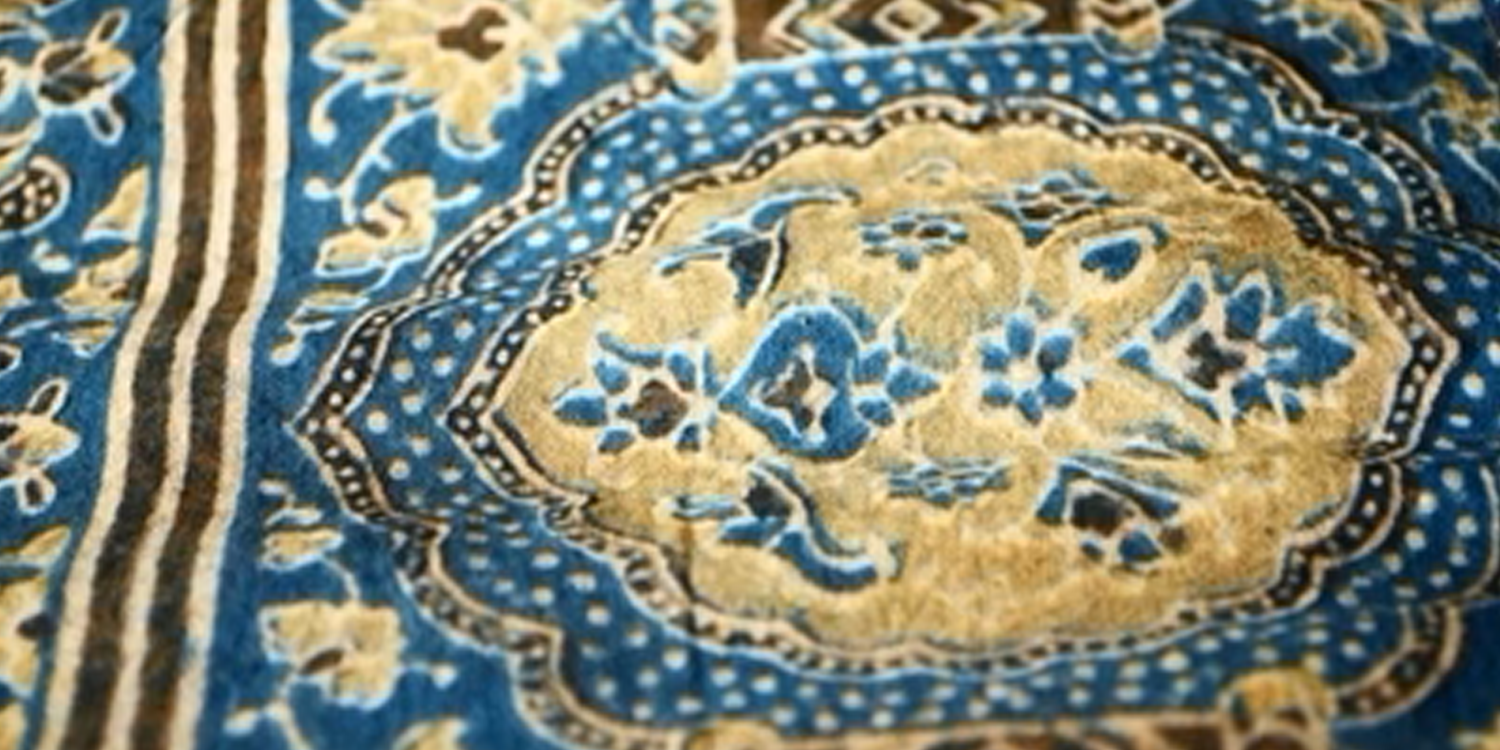
The Indus Valley: The Root of Textiles
Stretching from the mighty summits of the Karakoram mountain range to the warm glistening waters of the Arabian sea, The Indus valley flourished in peaceful delight; bringing life to many civilisations that rose within its reach.
The ancient Harappa culture rooted in the heart of modern-day Pakistan, emerged as the earliest known “urban culture” of the Indian subcontinent; thriving from 7000 BC - 600 BCE.
The valley gave birth to many gifts and practices shared by humanity - including rituals of purification, the concept of magic, and the cultivation of the divine Gossypium plant; commonly known as cotton.

Image courtesy of Vie Studio
“King of Fibre”
Cotton reigned over the earth’s most lush landscapes.
Although the regal plant grows in both temperate and tropical climates, it required an abundance of moisture to fully prosper; restricting its growth outside of naturally irrigated river valleys.
The serene Indus river offered an ideal sanctuary for the plant to blossom.
The river generously nurtured the needs of the demanding crop, ensuring thousands of years of its rule among us.
The Indus fibre provided an eternal blessing to mankind establishing its status as “the king of fibre.”
 Image courtesy of Economic Times
Image courtesy of Economic Times
“The Tree that Grew Wool”
Alternating colours of deep blue and earthly tan vibrantly exposed the warp and weft of the world's first cotton fabrics.
Mastering the mystical art of turning raw cotton into fine fabric brought immense prosperity to the inhabitants of the Indus Valley. The breathable fabric now offered a cool refuge from the intense summer sun, bringing comfort and protection to the lives of its bearers.
However, Spinning cotton into fine yarn required mastery.
An artform injecting new ways of expression through unique woven patterns, adding profound depth and vibrancy to the developing cultures of the region. 
Enchanted by the strange crop, The ancients referred to the exotic cotton plant as “the tree that grew wool”, intrigued by its resemblance to the hand-feel of wool itself.
Curious craftsmen harnessed the secrets of the mythic tree, learning to transform it into intricate fabrics that shapeshifted from rough to silky; Refining methods to tame the wild plant and control its final form.

As cotton fabric made its way across trade routes for more than a millennia, it also carried new ways of thinking; infusing a philosophy of appreciation for craftsmanship.
“Empire of Textile”
The legacy echoed in Pakistan’s “Sindh” region as the area grew well-versed in the sophisticated process of creating luxurious textiles. From harvesting raw cotton, ginning, spinning, dyeing and weaving; Sindh became a central hub for accumulated generational know-how.
Incorporating a holistic way of life around the craft, artisans worked in complete harmony with their environment. The sun, river, animals, plants and mud were all contributors to the making of the region’s “Ajrak” fabrics.
( explore the process here )
Ajrakh became a unique form of woodblock printing using natural dyes that evolved cotton fabrics into captivating sacred objects. The natural dyes involved in the craft were typically derived from different parts of a plant which include the roots, bark, leaves, berries or flowers.
The most infamous colour was extracted from the fermented leaves of the Indigo plant producing the most brilliant natural blue dye.

Image courtesy of Scarlet merchants
“The universe was its empire.”
The Sindh tradition of crafting and printing textiles took inspiration from living in synergy with the earth and embracing its essence.
Mimicking the vivid colours and heavenly flora of surrounding landscapes, Symmetrical motifs established a timeless aesthetic whilst pioneering a sustainable method of creation.
From start to finish, the art form was at peace with the cosmos.

From the 16th century onwards, the printed textiles of Sindh became an international industry.
The immaculate fabrics sparked British desire as the East India Company began to import these treasures to the west, opening the doors for years of exploitation. Despite centuries of colonial influence, the prestige of Indus textile making is preserved through its slow, mindful practice.

“The magic of cotton prevails.”
Resiliently, the art form at its root transcends. Preserving its beauty, as affluent artisans carry the knowledge and love passed down by their forefathers into fruition; reviving its story through their craft.

1 comment
Very well written. Thanks.
Ruhan Kainth
Leave a comment
This site is protected by hCaptcha and the hCaptcha Privacy Policy and Terms of Service apply.